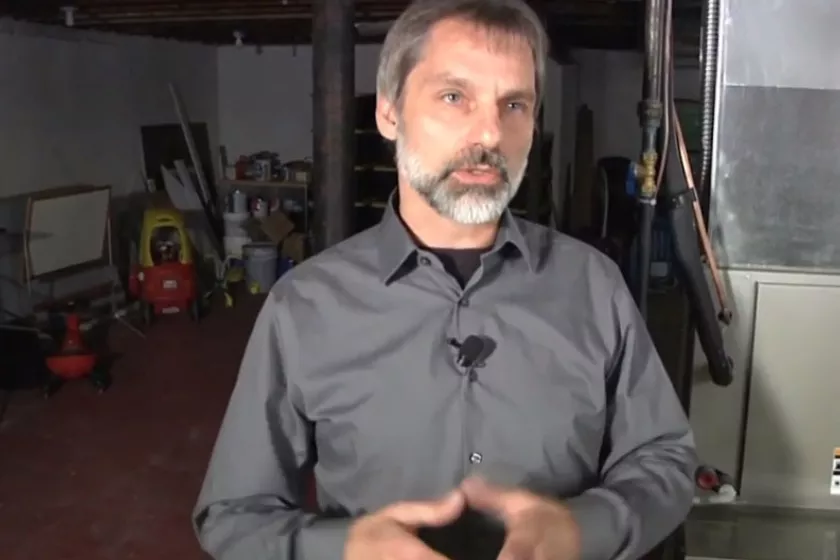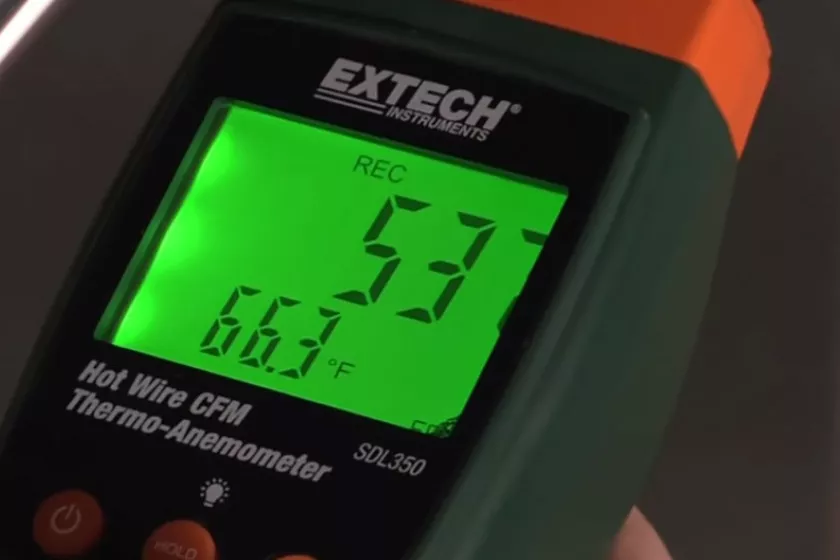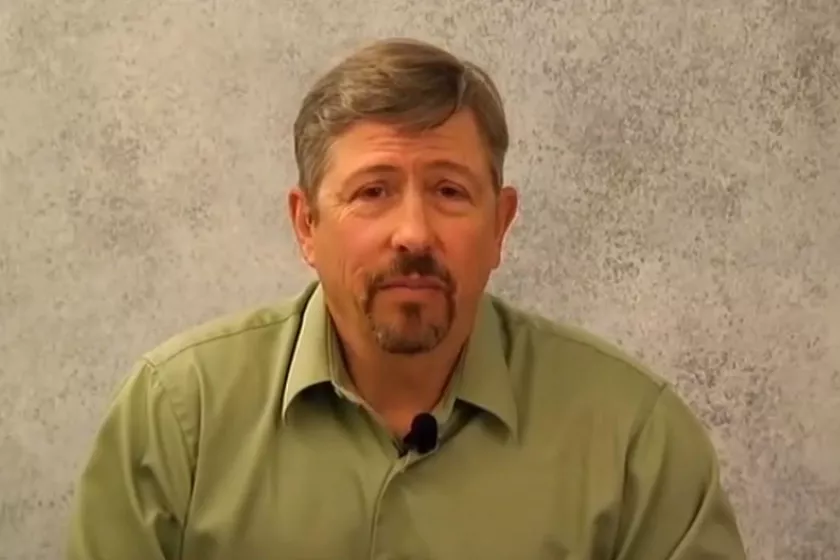This article offers summaries of seven energy efficiency reports funded by Minnesota’s Conservation Applied Research & Development (CARD) Program that contain valuable information for commercial properties and homeowners looking to cut down on their energy expenses.
The CARD Program, administered by the Minnesota Department of Commerce, provides funding for projects that identify new technologies or strategies that have the potential to maximize energy savings for commercial, industrial, or residential buildings, improve the efficiency of existing energy conservation programs, and/or measure their success at reducing carbon dioxide emissions.







